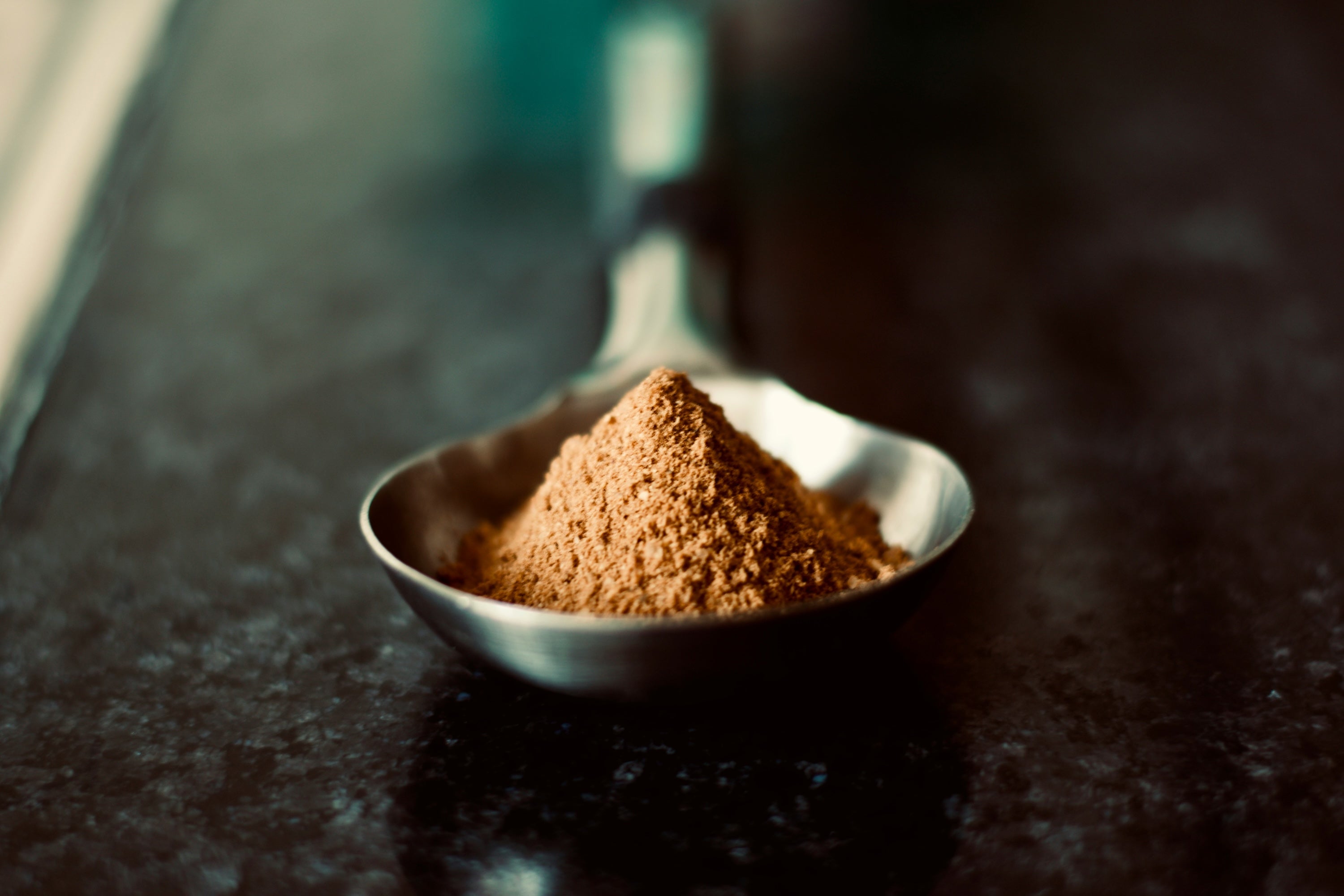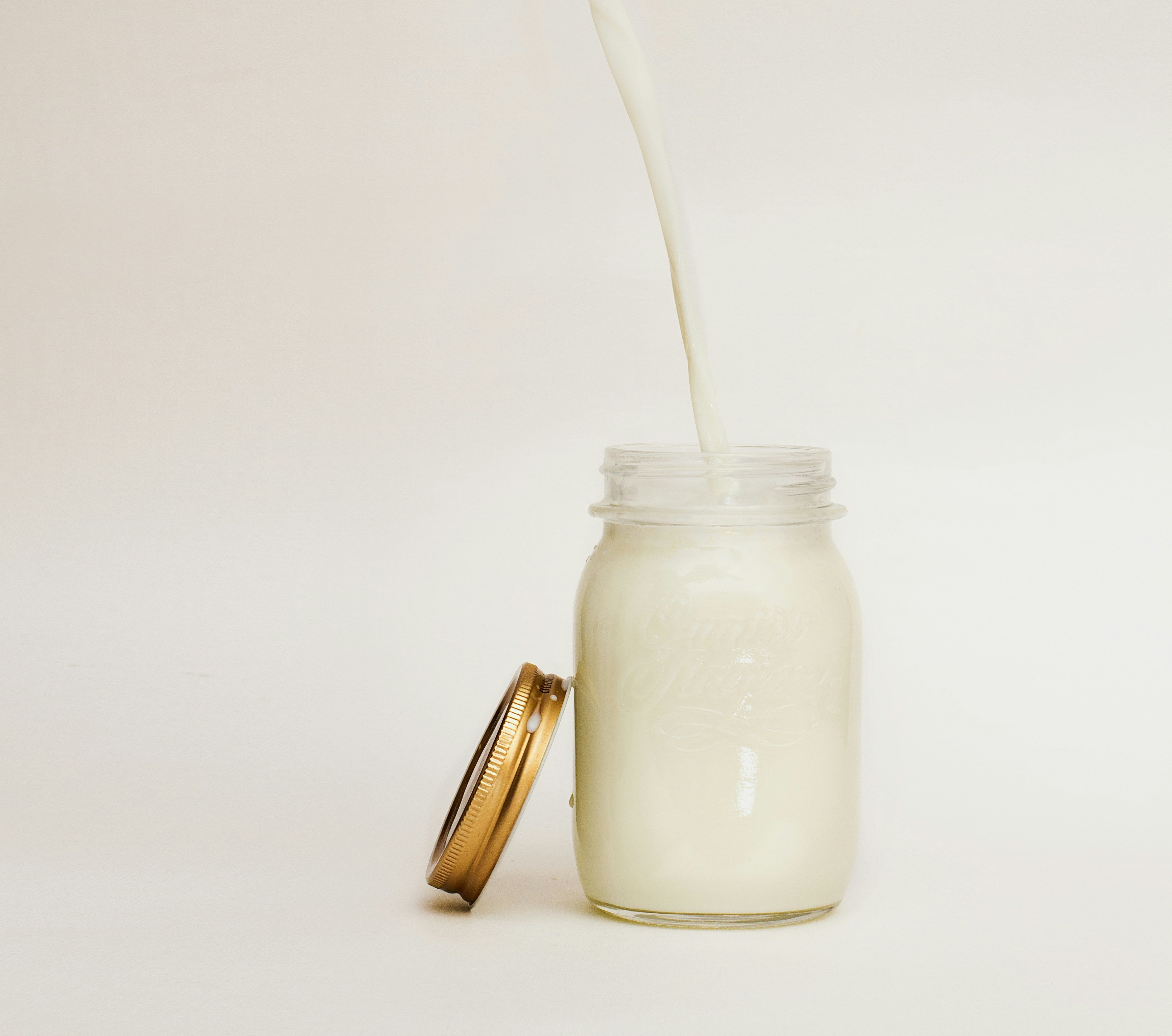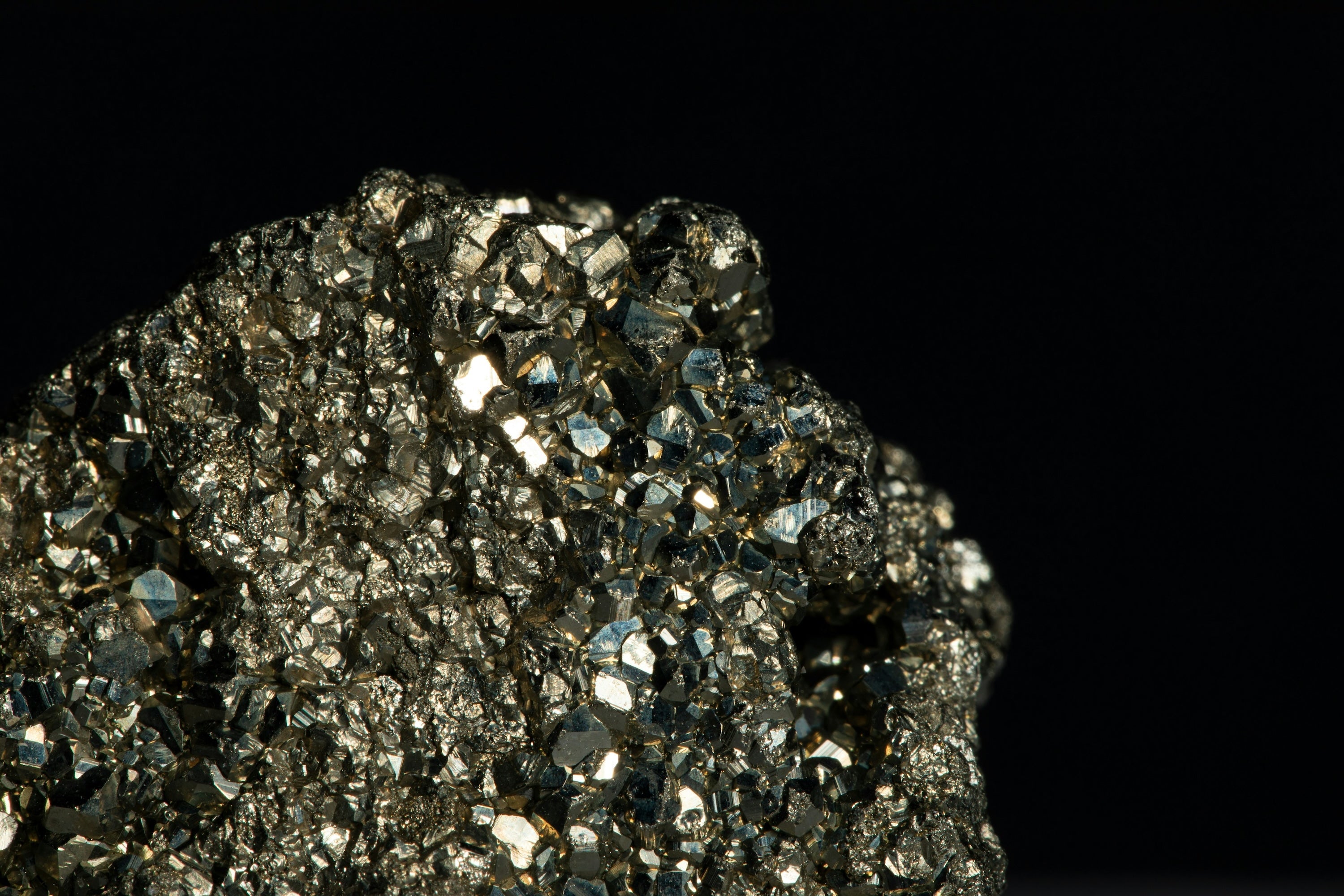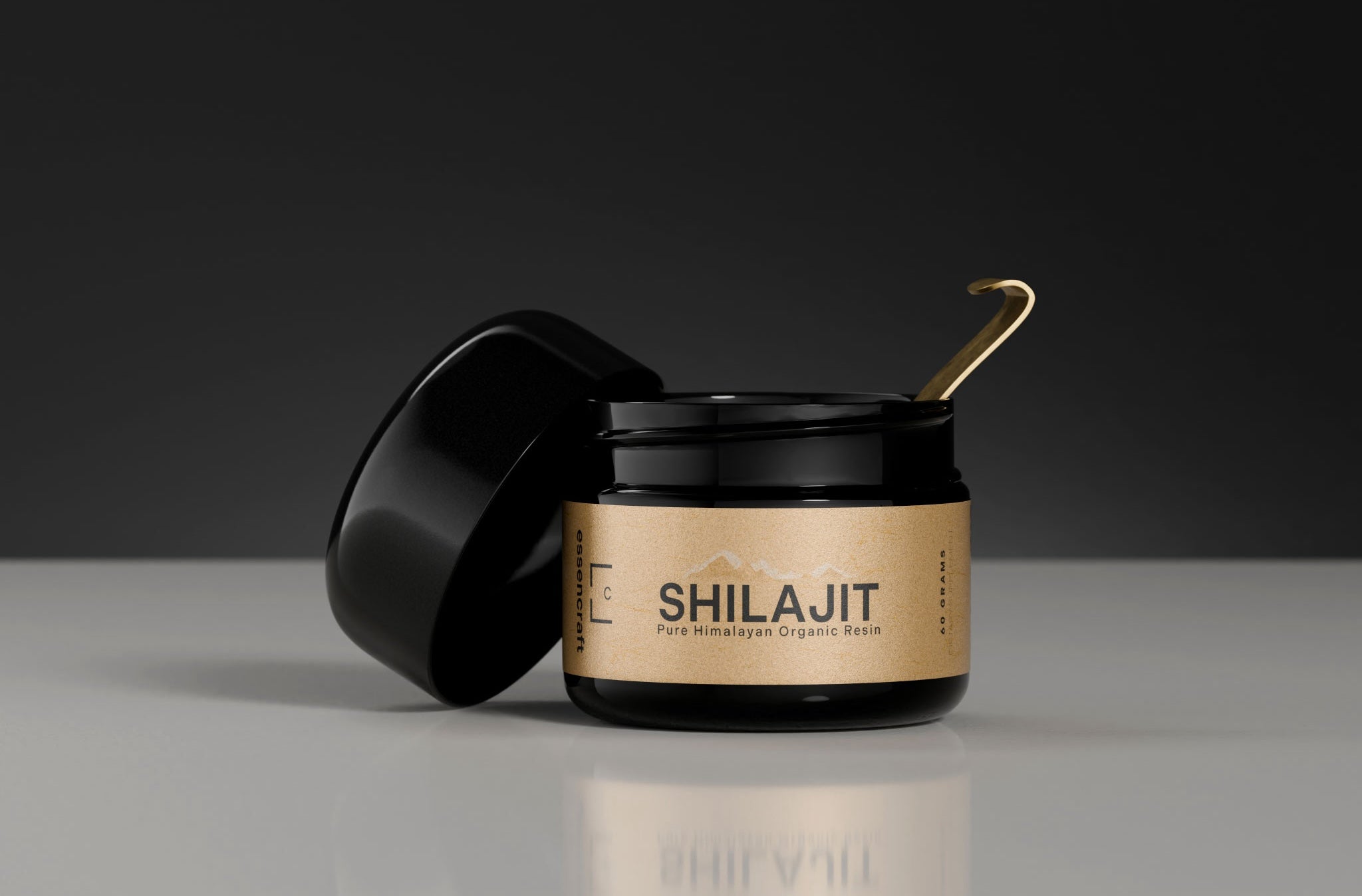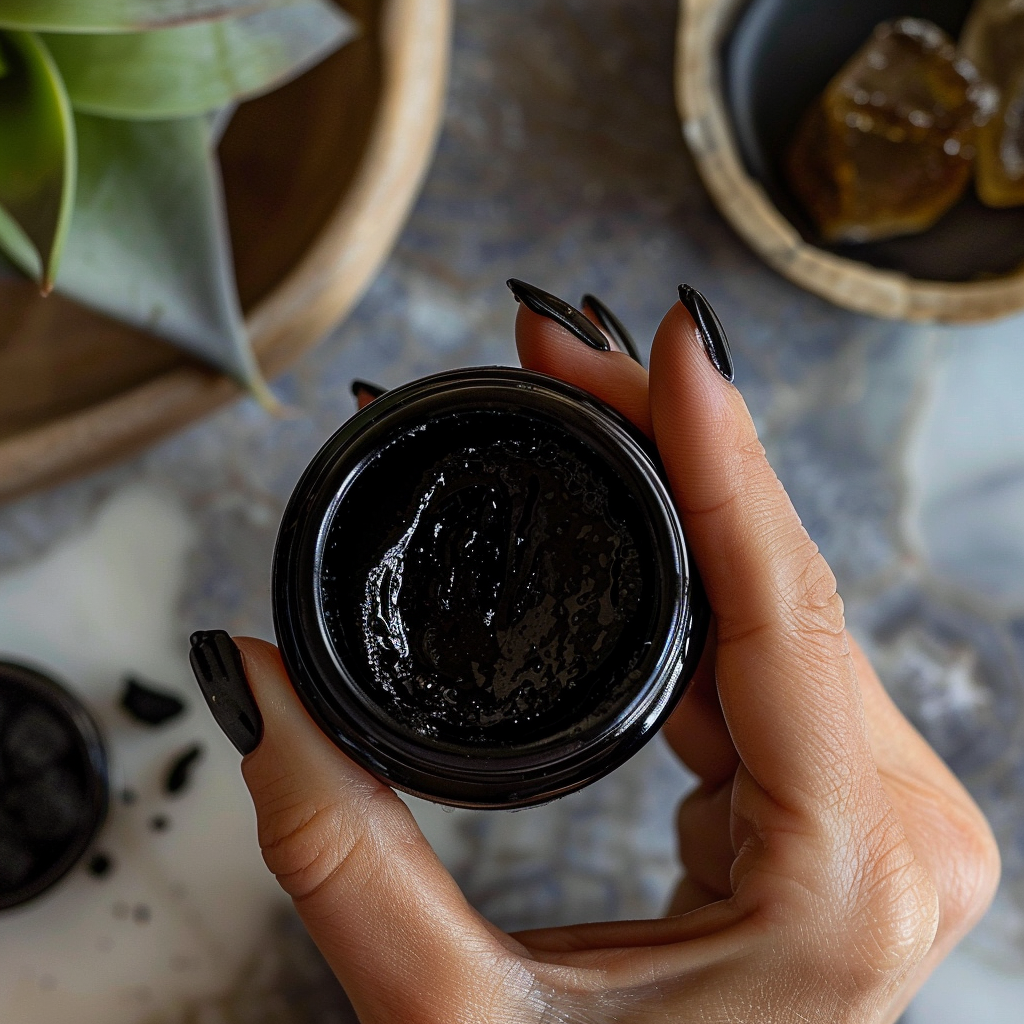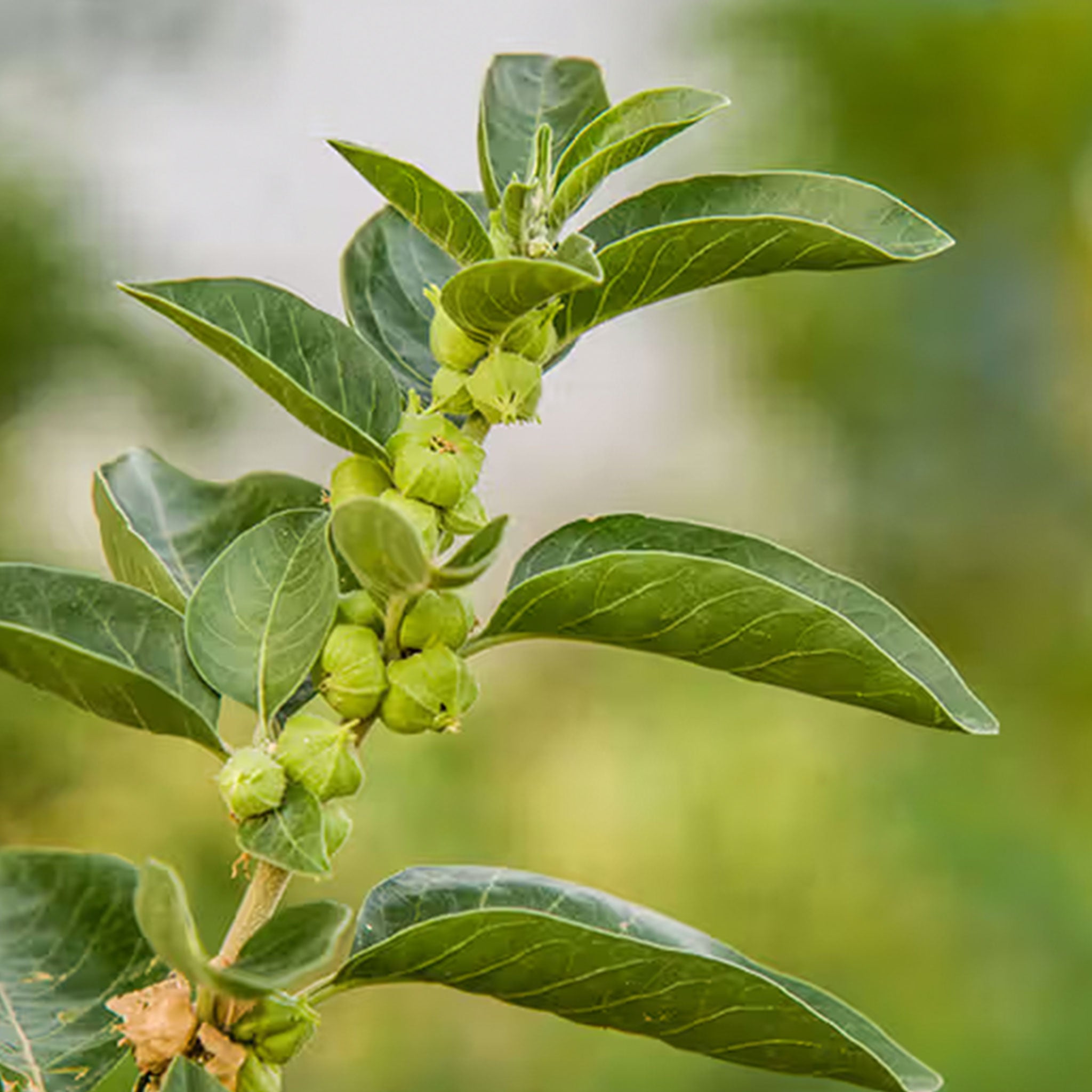Fulvic Acid vs. Shilajit: Which One's Better for You?
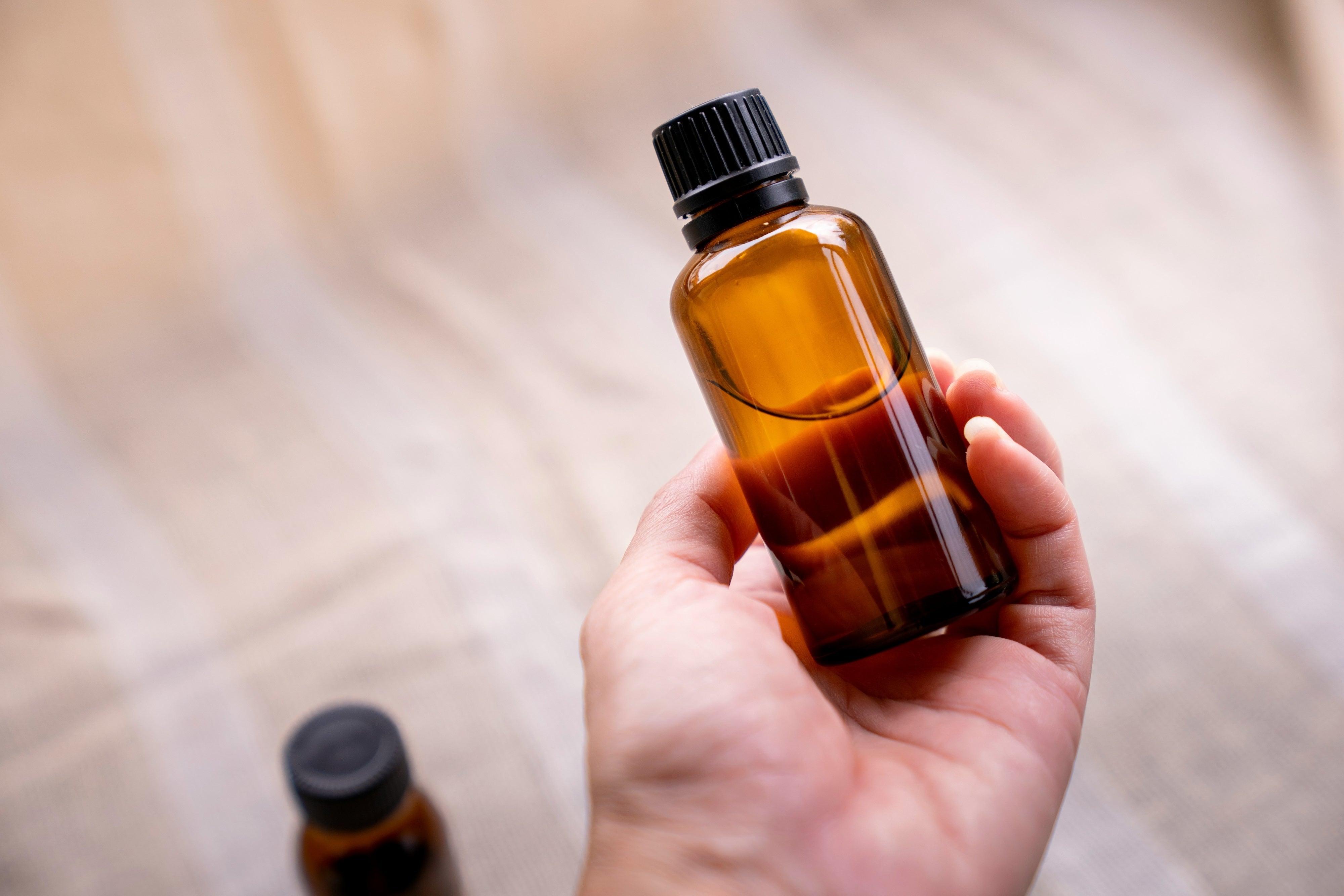
Fulvic acid and Shilajit are popular natural supplements known for their health benefits. Both are renowned for their potent properties, but how do they compare? In this article, we’ll explore their differences, helping you decide which might be better.
What is Fulvic Acid?
Fulvic acid is a natural compound in soil, compost, and marine sediments. It forms when plants and animals decompose, and it’s packed with benefits.
So, what does fulvic acid do for the body? This chemical substance helps improve nutrient absorption, detoxifies the body, and boosts energy levels. Its antioxidant properties are known for helping fight free radicals and reduce inflammation.
What is Shilajit?
Shilajit is a sticky resin that oozes from rocks in high mountain ranges, particularly in the Himalayas. It’s formed over centuries from the slow decomposition of plants. Shilajit is packed with fulvic acid, minerals, and other nutrients, making it a powerhouse supplement.
The main difference between Shilajit and fulvic acid alone is that Shilajit contains not only fulvic acid but also a wide array of other beneficial substances. Pure Himalayan Shilajit is especially prized for its purity and effectiveness, providing a comprehensive blend of nutrients that work synergistically to support overall health.
Here’s what Tina thinks about the benefits of our Shilajit:

Shilajit vs. Fulvic Acid: How Do They Compare?
When comparing these natural supplements, it’s essential to understand that Shilajit contains fulvic acid and other beneficial compounds. Here’s a closer look at how they stack up:
- Nutrient Content: While fulvic acid is beneficial, Shilajit offers a more comprehensive nutrient profile; Shilajit also contains minerals like magnesium, calcium, and potassium.
- Health Benefits: Both can boost energy, improve nutrient absorption, and support overall well-being. However, the additional minerals and compounds in Shilajit make it a more potent supplement.
- Usage: Fulvic acid supplements are often available in liquid or powder form, while Shilajit is typically consumed as a resin or in capsules.
Which One Should You Choose?
So, Shilajit vs fulvic acid: which one’s better for you? If you’re looking for a supplement that provides a broad range of nutrients and benefits, then Shilajit is the way to go. Its combination of fulvic acid and other minerals offers a more holistic approach to health and wellness.
Check out what other people are saying about our Shilajit:


Finding the Best Supplement
When it comes to choosing the best fulvic acid supplement or Shilajit, quality is key. Here’s what to look for:
- Purity: Ensure the supplement is free from contaminants. For Shilajit, look for pure Himalayan Shilajit.
- Testing: Choose products that have been third-party tested to verify their quality and potency.
- Source: Know where the supplement comes from. For Shilajit, the Himalayas are the best source due to the unique conditions in which it forms.
Where Can You Buy Shilajit?
If you’re wondering where you can buy Shilajit, look no further than Essencraft. We source our Shilajit from the heights of the Himalayas and ensure rigorous testing for purity and potency. Our Shilajit provides all the benefits of fulvic acid, plus the added advantages of its unique mineral composition.
Both are excellent natural supplements with numerous health benefits but high-quality Shilajit is a great option if you want a supplement with many added nutrients.
Ready to experience the benefits of pure Himalayan Shilajit? Grab yours from our online store today!
References:
- Khanna R, Witt M, Anwer MK, Agarwal SP, Koch BP. Spectroscopic characterization of fulvic acids extracted from the rock exudate Shilajit. Org Geochem 2008; 39(12): 1719-24. doi:10.1016/j.orggeochem.2008.08.009.
- Schepetkin IA, Xie G, Jutila MA, Quinn MT. Complement-fixing activity of fulvic acid from Shilajit and other natural sources. Phytother Res 2009; 23(3): 373-84. doi:10.1002/ptr.2635.
- Al-Salman F, Redha AA, Al-Zaimoor Z. Inorganic analysis and antioxidant activity of Shilajit. Int J Sci Res Chem Sci 2020; 7(3): 5-10.


